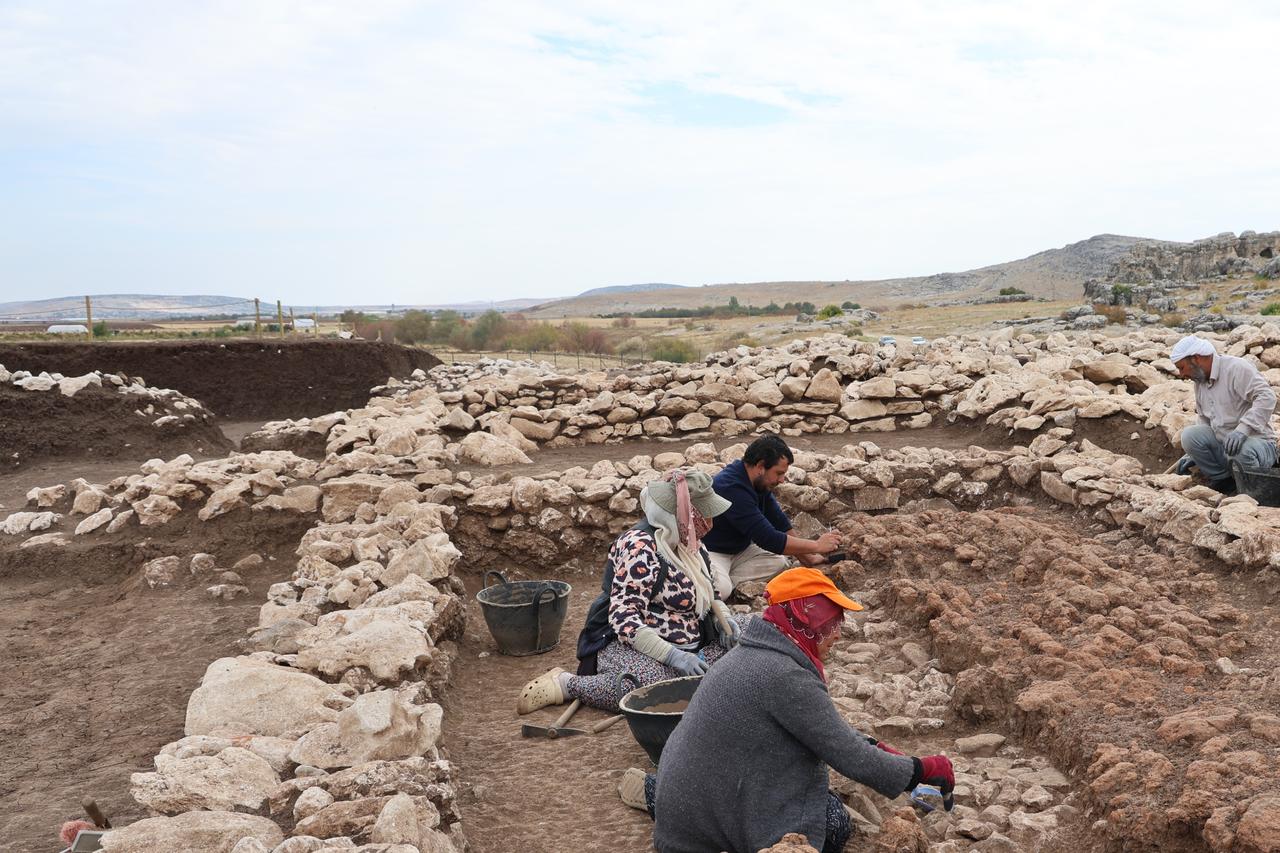
Archaeologists at Cayonu Tepesi (Hill) near Ergani in southeastern Türkiye have uncovered the collapsed remains of an empty building that, they say, fell during an earthquake roughly 5,000 years ago. The prehistoric settlement—about 7 kilometers (4.35 miles) southwest of Ergani, Diyarbakir—was first inhabited around 12,000 years ago and is considered a cornerstone for understanding humanity’s shift to settled life in the Neolithic Period. Excavations began in 1964 and continue today, with this season now in its sixth month.
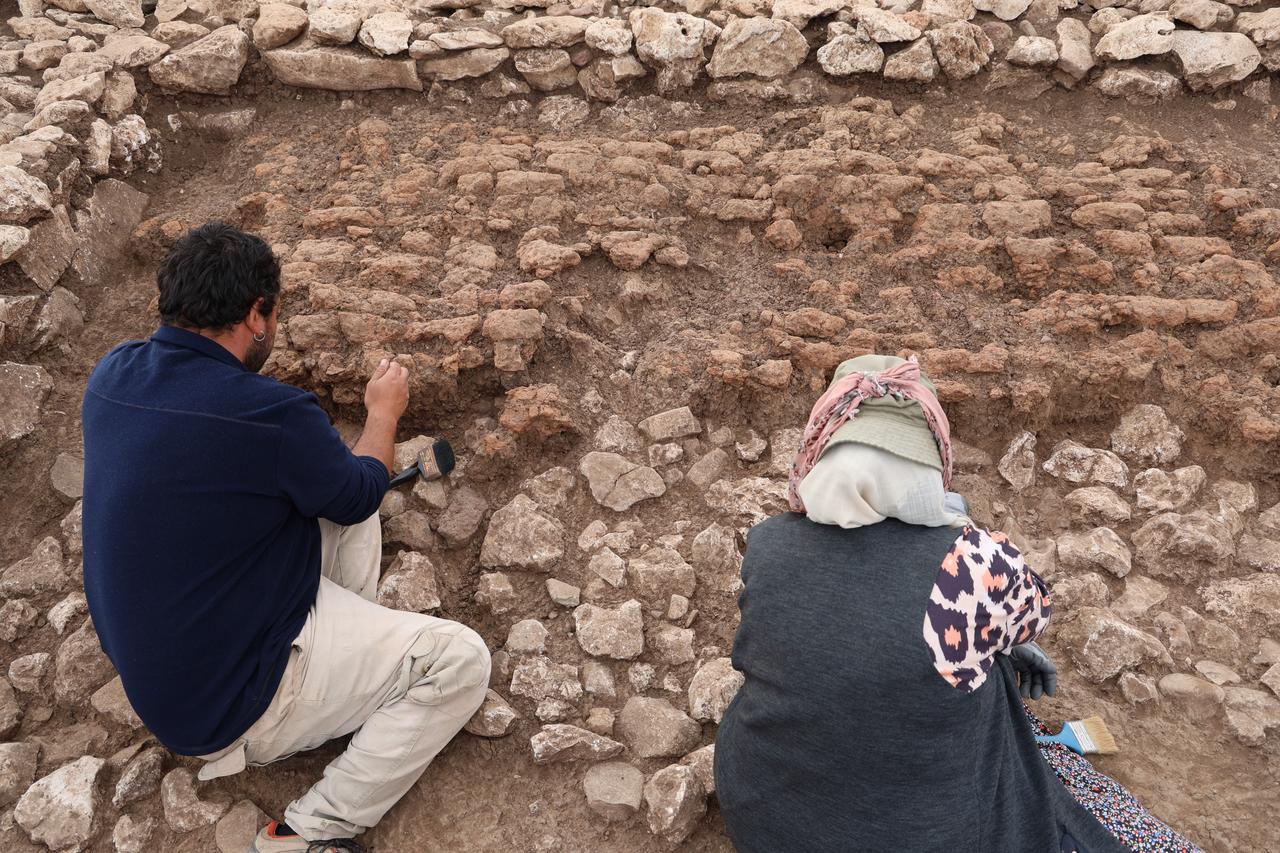
The team expanded trenches into layers dated to the Early Bronze Age (around the third millennium B.C.). According to the excavation director, Associate Professor Savas Sarialtun of Canakkale Applied Sciences Faculty, the broader exposure brought new architectural and usage data to light, alongside Neolithic studies carried out this year.
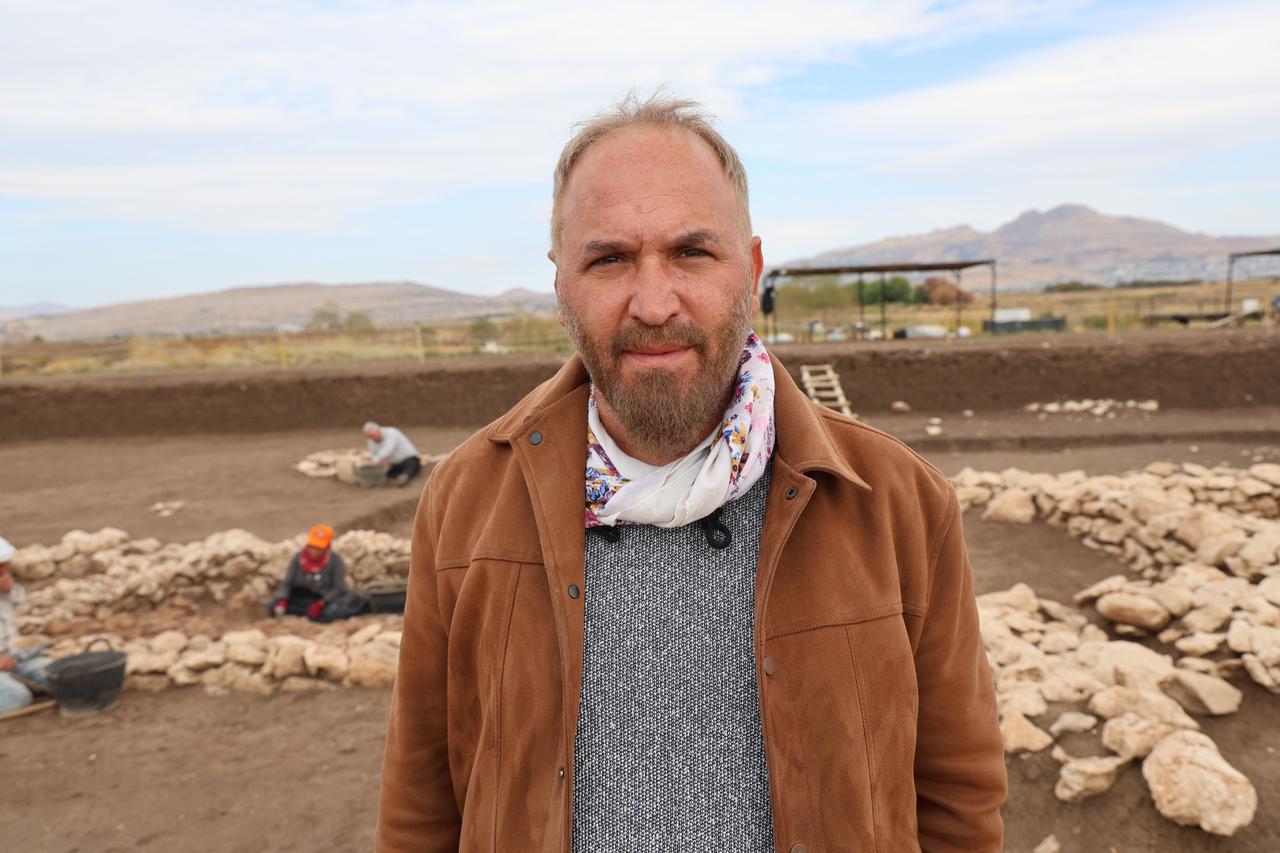
Sarialtun said the focus is a rectangular structure whose south wall—built as mudbrick on a stone footing—toppled northward into the room in a single block. “The mudbrick wall’s 12–13 courses collapsed northward as a single block,” he noted, describing a section about 5.2 meters long and 1.25 meters across that lay intact on the floor. The absence of domestic debris or emergency mending suggests the place had been abandoned shortly before the event.
What “mudbrick” means: sun-dried bricks made of clay, silt, and straw; common in ancient West Asian architecture.
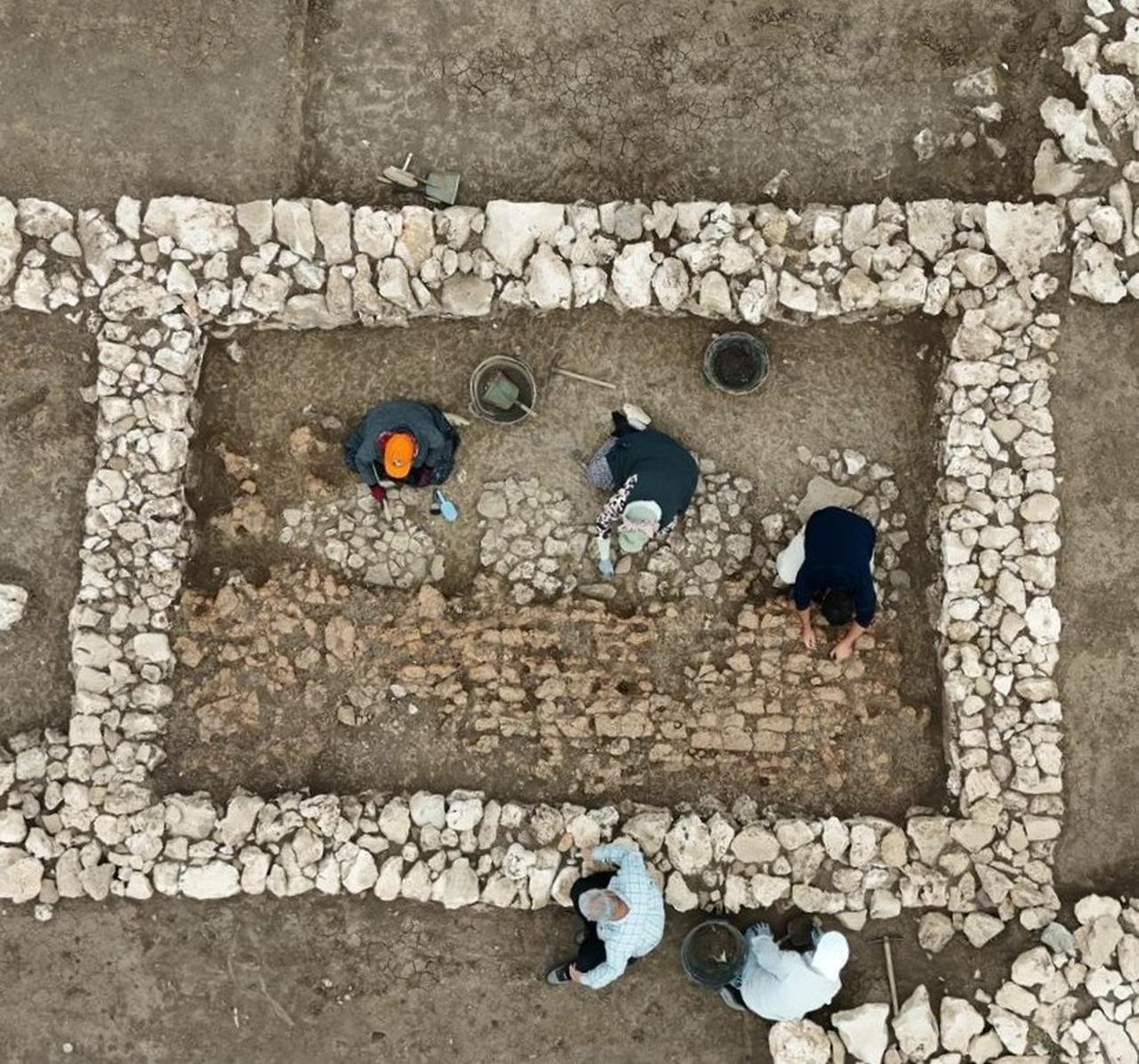
A geological walkover last year did not identify a clear fault line immediately beside Cayonu Hill. Sarialtun linked the collapse to seismicity north of the site, pointing to recent earthquake activity around Elazig–Sivrice as a possible analog. He underlined that the damage pattern implies neither a very close nor an extremely strong quake, since the wall fell in a coherent block rather than shattering.
About the red color: the bricks show a reddish hue caused by hematite-rich soils used in their making, not by burning; no fire traces were detected inside the room.
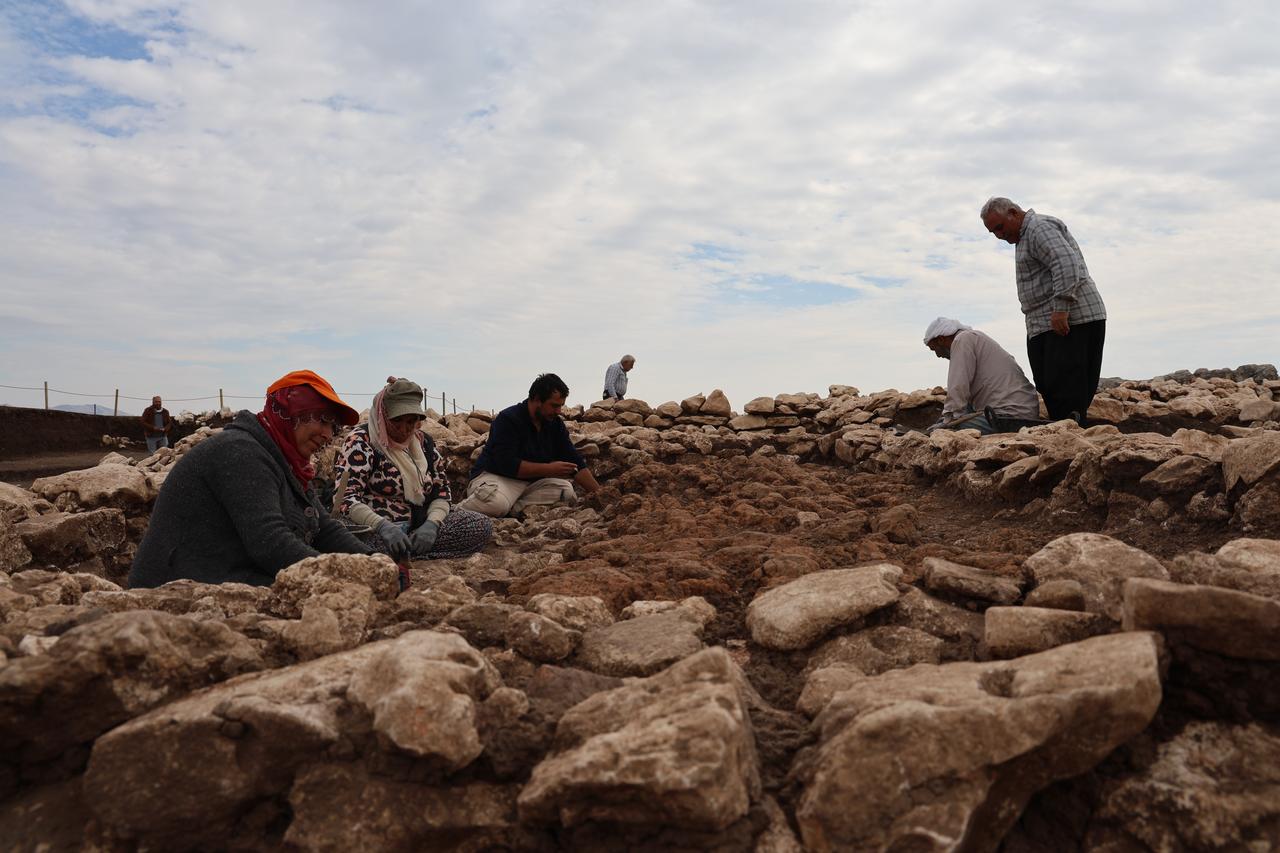
Sarialtun recalled that comparable earthquake sequences are known from Salat Tepe, a settlement near Bismil in the Upper Tigris region, where Middle Bronze Age layers recorded several events beginning around 2,300–2,200 B.C. and continuing into the 1,600s B.C.
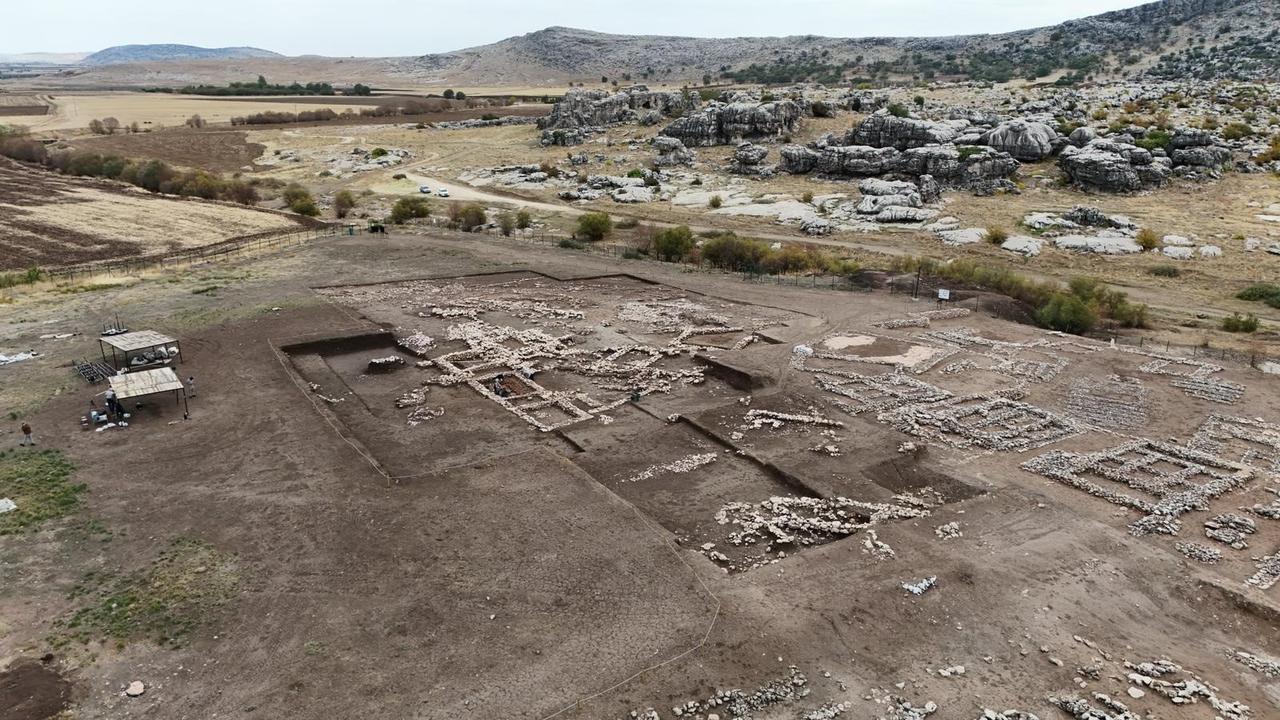
Pottery and near-complete vessels from the floor and cultural fill match the building’s period but do not indicate a violent, in-use collapse. For the team, these finds refine the chronology and help reconstruct how the space was abandoned, how its walls later fell, and how natural processes—particularly an earthquake—shaped the site after people had left.
As Sarialtun put it, the structure we see today “was exposed to an earthquake” roughly five millennia ago, adding another seismic footprint to Diyarbakir’s deep past.